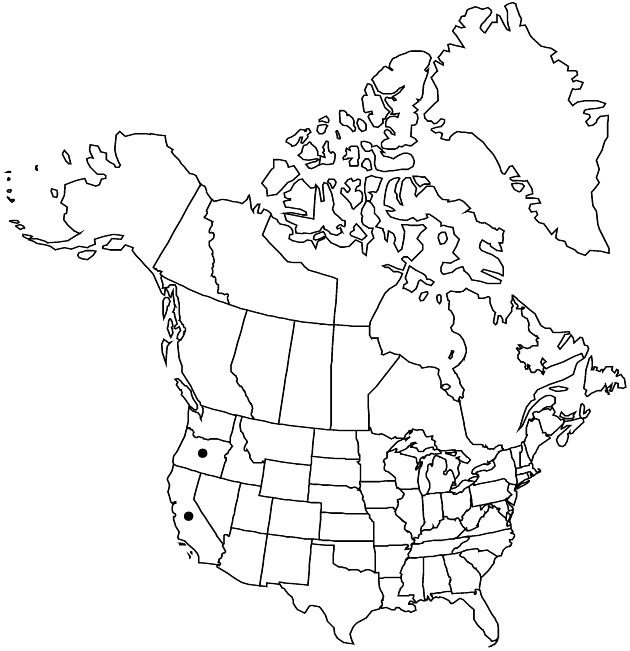Difference between revisions of "Helenium bigelovii"
in War Department [U.S.], Pacif. Railr. Rep. 4(5): 107. 1857.
FNA>Volume Importer |
imported>Volume Importer |
||
| (3 intermediate revisions by 2 users not shown) | |||
| Line 1: | Line 1: | ||
{{Treatment/ID | {{Treatment/ID | ||
|accepted_name=Helenium bigelovii | |accepted_name=Helenium bigelovii | ||
| − | |accepted_authority=Torrey & A. Gray | + | |accepted_authority=Torrey & A. Gray |
|publications={{Treatment/Publication | |publications={{Treatment/Publication | ||
|title=in War Department [U.S.], Pacif. Railr. Rep. | |title=in War Department [U.S.], Pacif. Railr. Rep. | ||
| Line 8: | Line 8: | ||
}} | }} | ||
|common_names=Bigelow’s sneezeweed | |common_names=Bigelow’s sneezeweed | ||
| + | |special_status={{Treatment/ID/Special_status | ||
| + | |code=E | ||
| + | |label=Endemic | ||
| + | }} | ||
|basionyms= | |basionyms= | ||
|synonyms= | |synonyms= | ||
| Line 32: | Line 36: | ||
-->{{#Taxon: | -->{{#Taxon: | ||
name=Helenium bigelovii | name=Helenium bigelovii | ||
| − | + | |authority=Torrey & A. Gray | |
| − | |authority=Torrey & A. Gray | ||
|rank=species | |rank=species | ||
|parent rank=genus | |parent rank=genus | ||
| Line 46: | Line 49: | ||
|publication title=in War Department [U.S.], Pacif. Railr. Rep. | |publication title=in War Department [U.S.], Pacif. Railr. Rep. | ||
|publication year=1857 | |publication year=1857 | ||
| − | |special status= | + | |special status=Endemic |
| − | |source xml=https:// | + | |source xml=https://bitbucket.org/aafc-mbb/fna-data-curation/src/2e0870ddd59836b60bcf96646a41e87ea5a5943a/coarse_grained_fna_xml/V19-20-21/V21_1080.xml |
|tribe=Asteraceae tribe Heliantheae | |tribe=Asteraceae tribe Heliantheae | ||
|subtribe=Asteraceae (tribe Heliantheae) subtribe Gaillardiinae | |subtribe=Asteraceae (tribe Heliantheae) subtribe Gaillardiinae | ||
Latest revision as of 20:08, 5 November 2020
Perennials, 30–130 cm. Stems 1–3(–10), unbranched or sparingly branched distally, weakly to moderately winged, glabrous proximally, glabrous or sparsely hairy distally. Leaves glabrous or sparsely hairy; basal blades oblanceolate to oblong-elliptic, entire; proximal and mid blades lanceolate to oblong-elliptic, entire; distal blades linear to lanceolate, entire. Heads 1–20 per plant, borne singly or in paniculiform arrays. Peduncles (6–)10–30 cm, sparsely to moderately hairy. Involucres hemispheric to globoid, 12–20 × (14–)17–22(–25) mm. Phyllaries (connate proximally) moderately to densely hairy. Ray florets 14–20, pistillate, fertile; corollas yellow, 13–25 × 5–10(–12) mm. Disc florets 250–500(–800+); corollas yellow proximally, yellow to brown to purple distally, 3–4.4(–4.8) mm, lobes 5. Cypselae 1.8–2.4 mm, moderately hairy; pappi of 6–8 entire, aristate scales 1.3–2.2(–2.7) mm. 2n = 32.
Phenology: Flowering (May–)Jul–Aug(–Oct).
Habitat: Bogs and swamps, around ponds and lakes, along streams, in moist meadows
Elevation: 60–3400 m
Discussion
Selected References
None.
